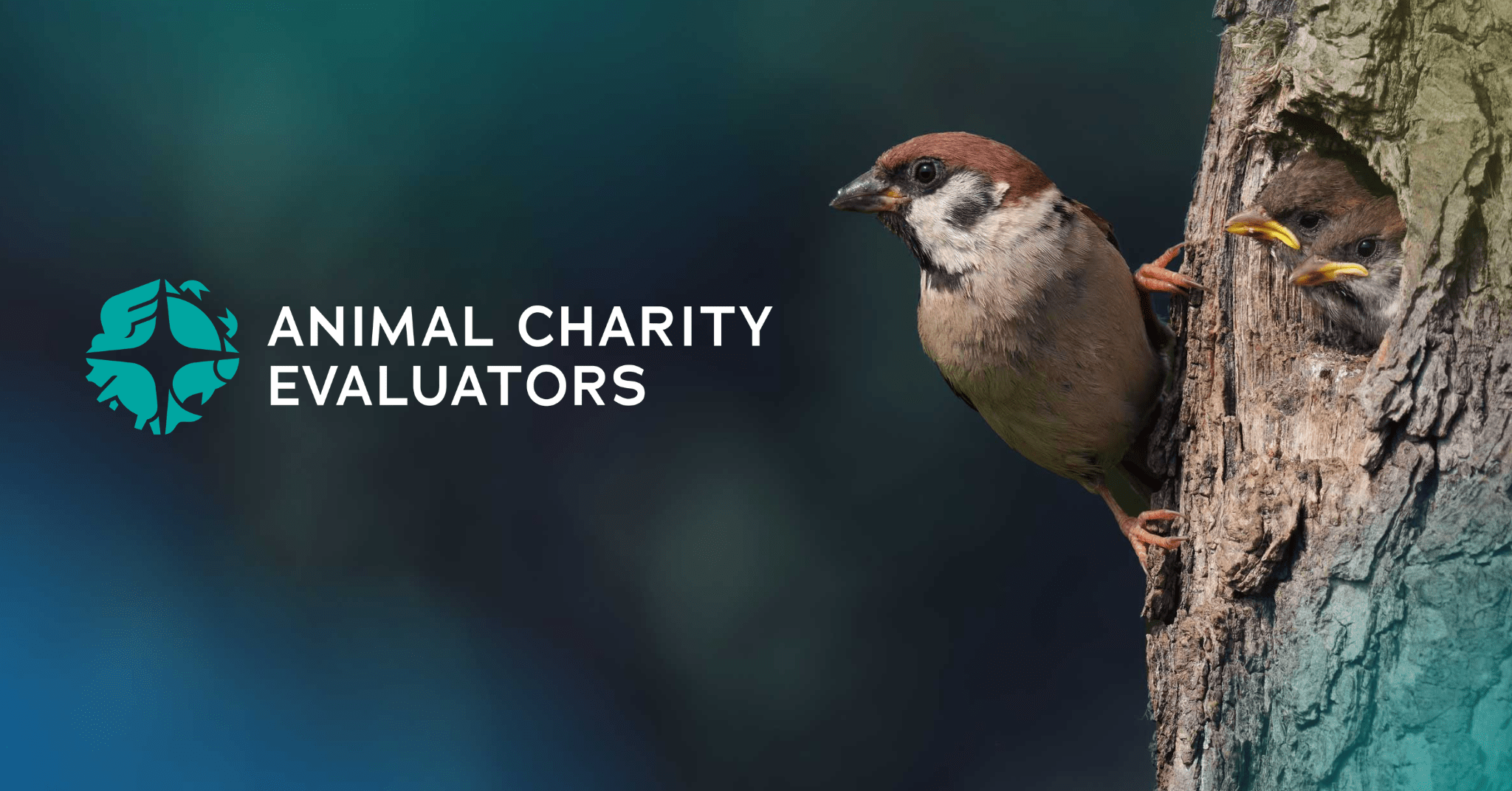The Aquatic Animal Alliance (AAA) Half-Year Report is a snapshot of our coalition’s activities and progress so far in 2025. The report highlights how 178 organizations across more than 75 countries are joining forces to protect aquatic animals.
View Report
Our Half-Year Report showcases campaigns, new members, and shared achievements through detailed case studies, while also exploring the tools we are building to strengthen advocacy. In creating the Alliance, we had a clear goal of bringing together organizations working to improve the lives of aquatic animals through a coordinated, responsive, and inclusive approach. Globally, AAA members are launching and supporting campaigns, raising public awareness, carrying out innovative research, and influencing industry and government practices. Momentum for aquatic animal welfare is growing rapidly around the world, and we are inspired to see so many groups stepping up in their own countries and regions to address the immense challenges facing animals in aquaculture and fisheries. With every new voice and action, this movement becomes stronger, more visible, and more impactful.
At the Aquatic Animal Alliance, we are committed to strengthening and multiplying that impact. We are currently seeking to expand our capacity and welcome the support of new donors, allies, and new potential members, especially from countries where we do not yet have representation. A truly global movement requires global coverage, and we want to ensure that aquatic animals everywhere are protected.
If you are interested in supporting the Aquatic Animal Alliance through donations, or if your organization would like to join our coalition, we would be very happy to connect and explore ways to collaborate. Please feel free to reach out directly at catalina@ali.fish.
We look forward to continuing to share updates through these reports and celebrating the incredible work being led by our members across the globe.





Does your evaluation process shift at all each year in regards to any regions or interventions that are prioritized?
Could you give us a brief overview of how ACE's evaluation process has evolved over time? What are some major differences between the evaluation process in your founding year versus 2024?
Thanks for your questions!
1. We refine the methods of our evaluation process every year based on internal and external feedback in order to improve on the previous year and be more accurate in our assessments. We also update our position on the likely effectiveness of interventions based on new research and consider the particular situation of each country in our assessments. However, this year we didn’t explicitly score or prioritize certain interventions and countries. Instead, we analyzed the impact of the specific work of each charity using our n... (read more)